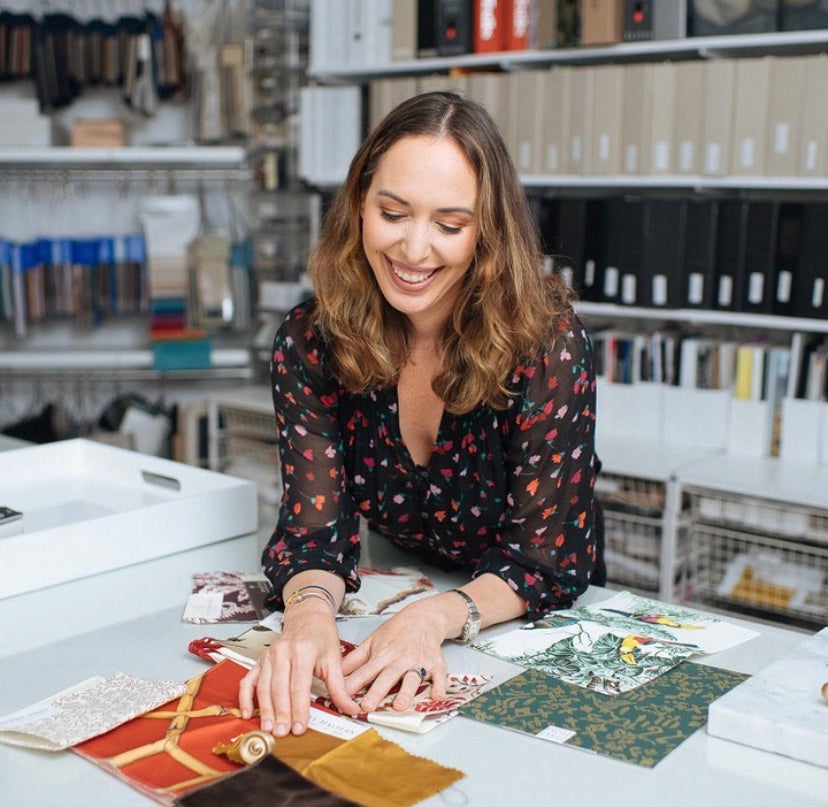The 50 States Project is a yearlong series of candid conversations with interior designers across the country about how they’ve built their businesses. We’ve gone through all the states, and today we head to the nation’s capital. We chat with Washington, D.C.–based Zoë Feldman about what she learned working for Alexa Hampton, why she regularly offers clients a discount, and how she decided to donate her fee from the first client meeting to charity.
Your first job in the design industry was working for Alexa Hampton. How did that role shape your career?
Getting the internship was pure luck, but the experience was incredible. After a very brief career in advertising, I applied for the Parsons certificate program, which was a part-time, continuing education thing. I didn’t know famous interior designers at the time—I think interior design has become more top of mind in the last decade, but there was no Instagram to find any of this stuff in the late 1990s. I had called a friend of my mom’s, who lived in Manhattan, to find out who the fancy design firms were. I was thinking: If I’m going to do a free internship while I’m at Parsons, I’m going to make sure I do it with the best! One of the names she gave me was Mark Hampton, and I reached out to them. Alexa Hampton had just taken over the firm maybe a year earlier; I ended up interning there, and then she hired me within about six weeks. I worked there for four or five years.
I grew up in Florida, in a midcentury house with a lot of pop art and midcentury modern furniture. So these clients—I didn’t even know that level of person existed. I think so much of aesthetic is exposure, but my exposure had been all modernist. I thought I had good taste, but now I was adjusting to all of this newness, and I kind of remember feeling like I was starting at zero. Some of it I like, some of it I don’t like—but maybe I don’t like it because I don’t understand it?
How did the internship and the Parsons program complement one another?
Alexa is brilliant, and she knows more than could ever be taught. So on one hand, I had this person who would speak to me as though I knew these words or about these things that she’d grown up around. But taking decorative arts classes at Parsons allowed me to put context to it—so when she was talking about an Empire piece, I could connect it to what we were studying.
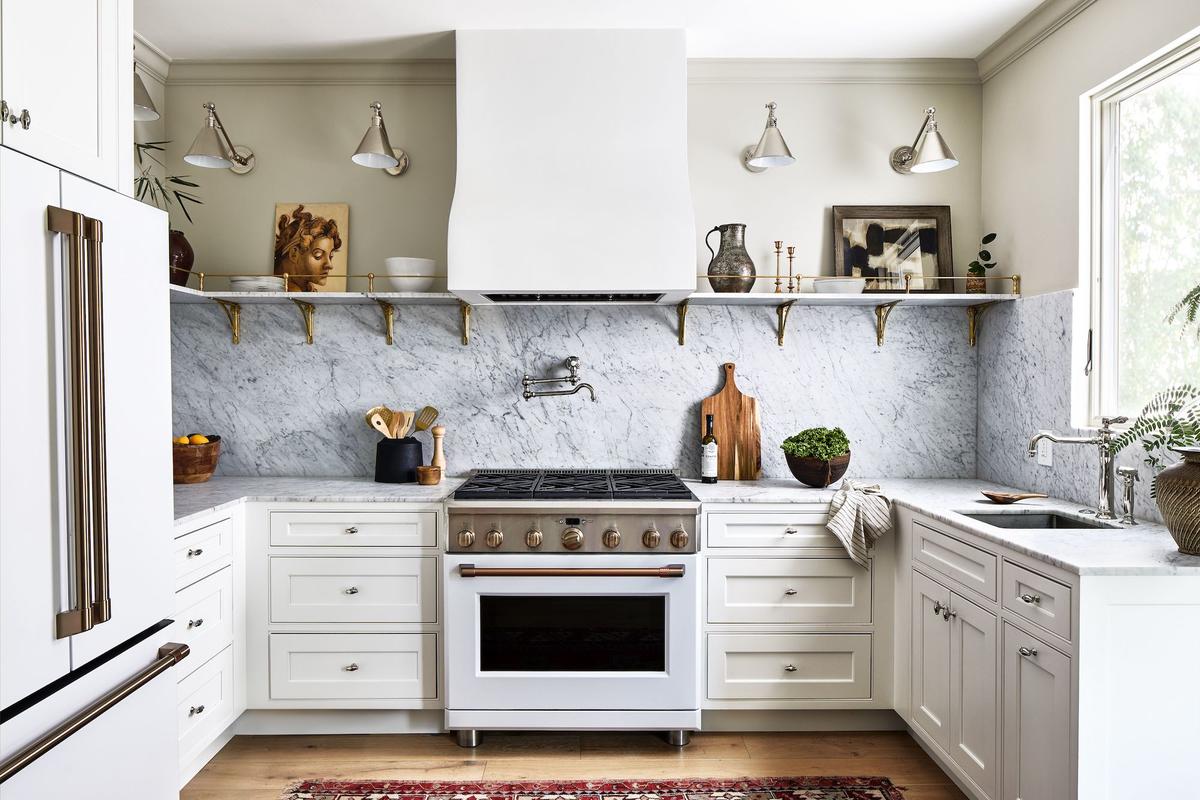
There’s no better proof that you’re definitely going to use what you’re learning in school once you’re out in the real world.
Yes, exactly. It was like, “We’re going to be talking about the Sotheby’s catalog tomorrow, and it’s going to be gibberish unless I study up on this!”
I very much credit Alexa, because she did something for me that was so important. There are pivotal moments in your career, and obviously getting a job there was, for me, probably the most pivotal moment. But there was also a moment where she told me—not verbatim, but she basically said, “You really have it, Zoë. You have that thing that can’t be taught.” At the time, I was feeling very insecure because of my minimal training and minimal exposure growing up. I don’t think she knew I was feeling that, but that moment gave me a lot of confidence. Even though I maybe wasn’t where I wanted to be and didn’t know everything, I had a natural ability that she was able to see—and that fueled me, in a lot of ways, to keep working toward my goal.
That’s really powerful.
It was for sure one of the most important times in my life. Sometimes you have these doubts: Should I keep going? Maybe I’m not doing a very good job? And then someone says something, and they don’t mean to change my life—maybe they don’t mean to do anything important—but it does. I think that’s so important for employers to remember, and it’s so kind to do that for your employees—to say it when you see something.
Have you been able to apply that to your own team?
I try really hard. I don’t think I’m always the easiest person to work for. When you’re under the stress and pressure, it can sometimes seep out—and I’m naturally a bit of a perfectionist already, which I know can be difficult. But I work hard to create a very fair environment, and to compliment my team when they’re doing something really positive—to be encouraging, not just remembering to say the bad stuff. Because that’s the easy stuff to say, right? So when [the good stuff] pops up, stop what you’re doing and choose to say it. Even if it’s just through a text, I think it means a lot more to people than we realize.
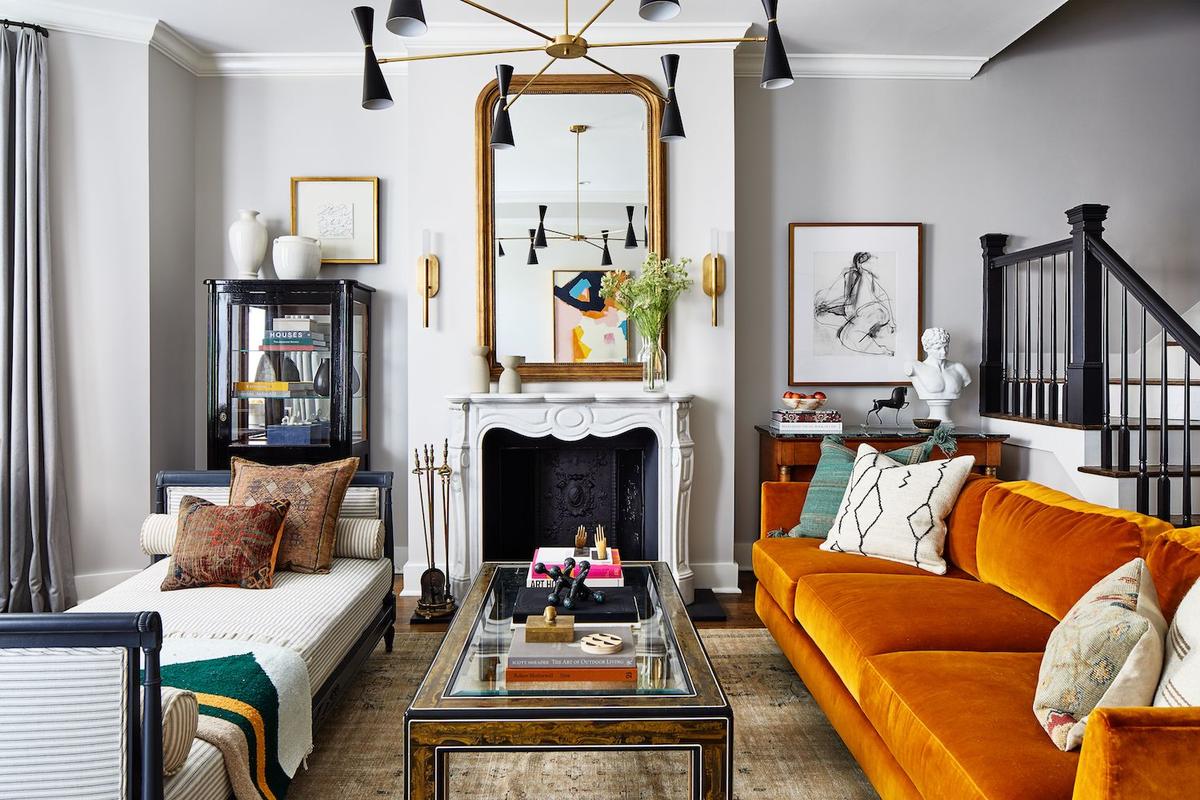
What was the actual drumbeat of the day-to-day job working for Alexa?
When I came in, it was about eight of us. I remember just being thrown in, and very quickly running smaller projects—but obviously there were a lot of back-end conversations where I would bring things to Alexa, we would sort through them at the office, and then I’d present them to the client. It was a little bit of a sink-or-swim situation, and I think I function well in that environment. I’ve brought that to my team, too.
And then what was the path from there to launching your own firm?
I got married while I was working there, and then 9/11 happened. My husband at the time was working for that Ron Galotti and Tina Brown publication that came out briefly, Talk magazine. When that folded [in January 2002], there was a job opportunity for him in my hometown, so we ended up moving to Florida. It was a weird time for New York, but I felt pretty sad about the move because I didn’t feel like my journey was finished with Alexa—I was still learning so much, it was such an amazing opportunity.
Did you know that while you were in it?
I don’t think I fully understood what an amazing opportunity it was until after I left. I remember people constantly coming up to me at the design center and saying, “You’ll never have clients like this again.” To me, it was just work—I didn’t have anything else to compare it to. But later, I realized that they were right.
When we moved to Florida, I tried to work for someone there, but it was not a good fit. I guess the combination of arrogance and naiveté and desperation led me to start my own firm. My first client was actually someone from New York: the person who told me about the fancy firms when I was looking for an internship.
Your mom’s friend!
She was doing a place in the Hamptons, and she asked me to help her with it. I’m not quite sure I was entirely ready for that, in retrospect, but I did it. She’s actually still my client, and she’s wonderful. I was commuting back and forth between the Hamptons and Florida while I did that project. Then my husband and I broke up, and I considered moving back to New York. It seemed like the natural path. But I told myself, “I’ve already done that journey, and you can’t ever redo anything.” I had an opportunity to go to D.C., and I chose that at the very end of 2007.
And had to immediately reestablish yourself in a new market?
Yes. I was 100 percent starting over here.
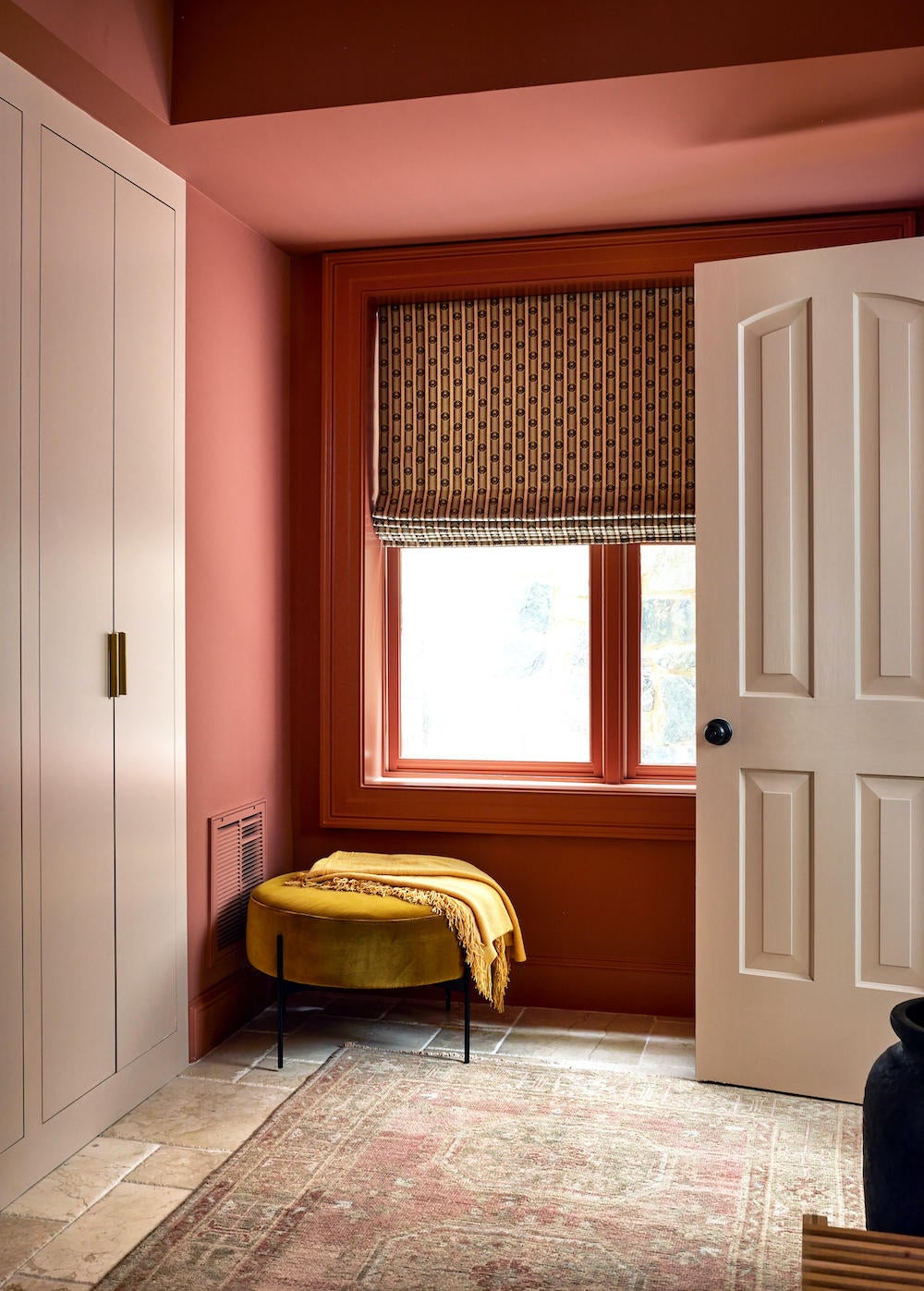
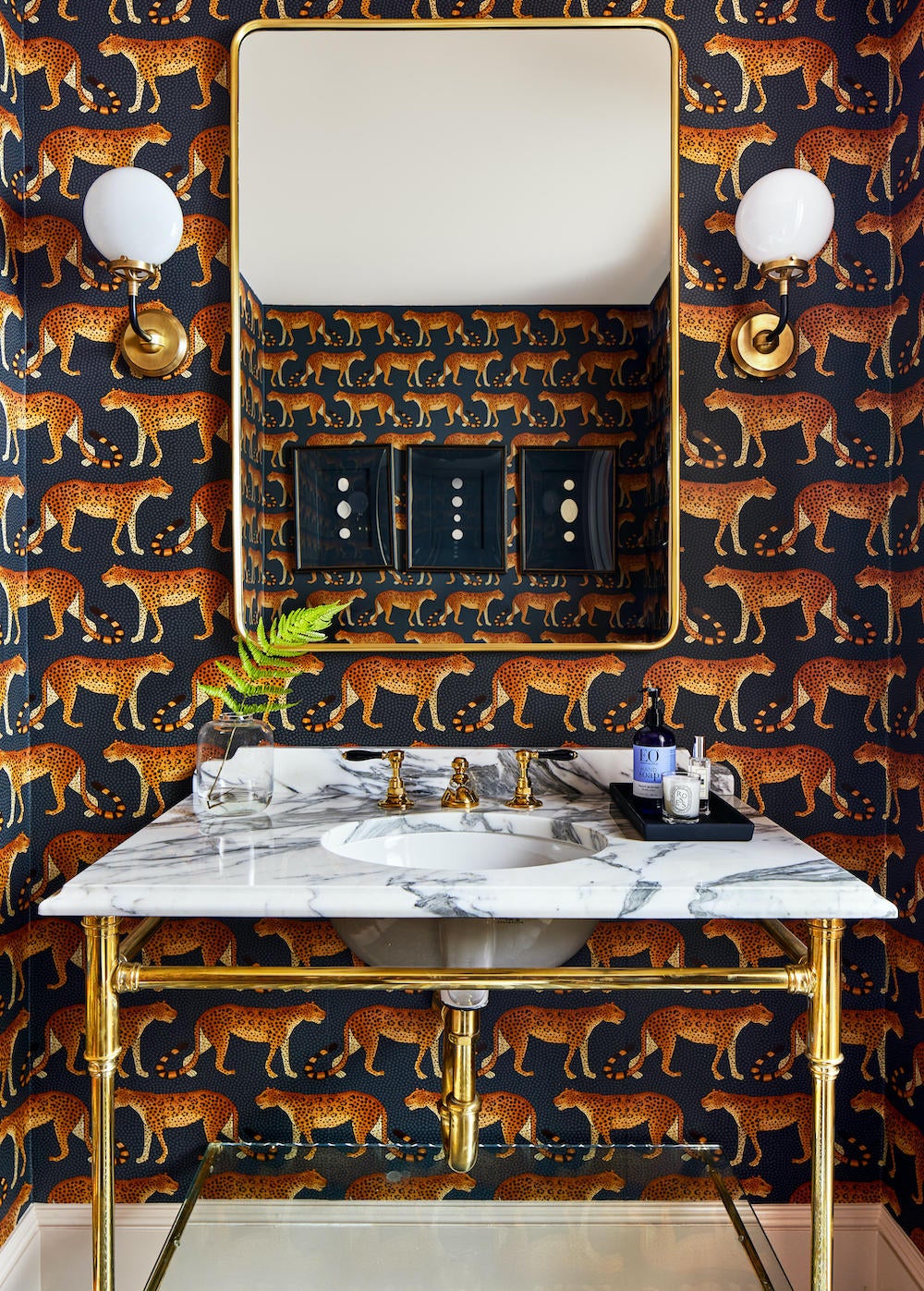
How did you put yourself on the map?
I had an opportunity to do a showhouse type of thing—but instead of taking a house and renovating it, they actually did it in the design center here. They chopped this one area up into rooms and gave it to different designers. I got the last room choice because I was least important, and it was just this monster room—this large, terrible room that no one wanted because it was going to cost a gazillion more dollars.
But you did it.
I did. I had to literally rebuild the room. I even created walls! But I said to myself, “This is going to cost me money that I don’t have, but I’m going to call in every favor I have, use whatever money I have—this is my moment.” And I did it.
Was it on a tight timeline, too?
It always is. I can’t remember the exact timeline, but no more than a few months. And I was very lucky, because everyone I asked for favors did it. And I just put all my energy into it. I decided: I’m just going to put all eggs here, because I don’t have a lot of baskets anyway, and this feels like a decent one. All the other baskets weren’t that interesting and weren’t doing much for me anyway. And in the end, it came out beautifully and got really good press. I credit that with putting me on the map here in D.C. outside of just friends and family chatter.
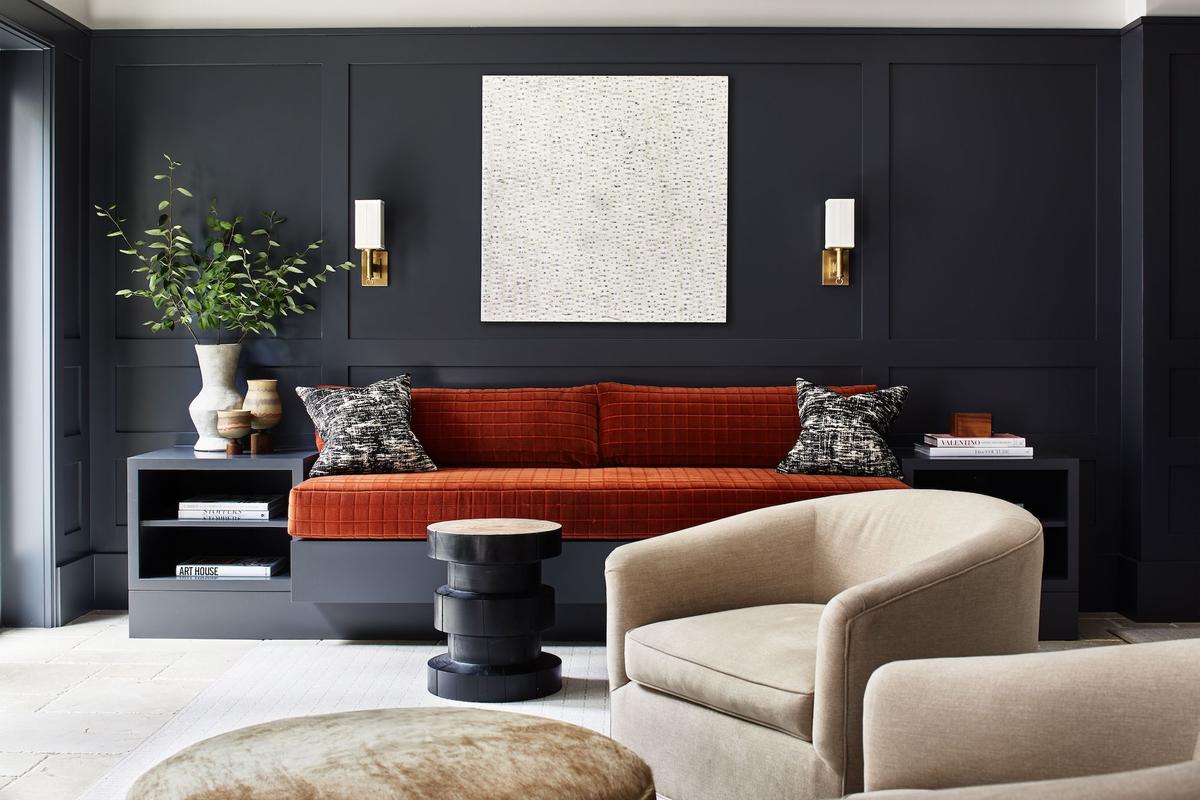
Did you get clients from that room, then?
I didn’t get any clients directly from the room, because I think a lot of the people going to the design center already had designers. I may have gotten a few leads from the press coverage. But my first wonderful assistant found me because of it—she went through it as a student and was like, “I saw your thing, I loved it, can I work for you?” She was my intern, and ended up turning into my first real assistant, and it was pretty pivotal to have that help.
The whole thing also had a ripple effect—which maybe doesn’t help in that moment, but is so important. After that event, I no longer felt anonymous in D.C. Later that year, I was put on Washingtonian’s list of best designers, which actually continues to be something that I get clients from. Even though it’s 10 years old at this point, I get clients directly from that list.
What does your firm and your team look like today?
I think a lot of designers have trouble with the business side of things, and I know I did. Up until about five years ago, I was running a business with 20 or so clients throughout the year with a team of four or five. We rented a little spot in Georgetown, and it was really nice. Then I remarried, and pretty quickly, my husband helped me to scale my business. He looked at the business model and was like, “This is a great model, and you need to be scaling it. You need to be hiring more people.” I told him, “I can’t afford to hire more people.” And he said, “You can’t afford not to hire more people.” And it was illuminating.
What was it that he zeroed in on as the opportunity?
That we have zero overhead, essentially. And he was right: All of my overhead is salary. It’s not like we have all this inventory—we buy on an on-demand, made-to-order basis. Unlike a store that has to purchase hundreds of thousands of dollars worth of products and hope they sell it, we wait for someone to say “go” and then we buy it. So it’s pretty low risk. There’s some liability, obviously, and mistakes that can be made, but that’s for anything. He was like, “You have all these clients and you’re working yourself to the bone. If you don’t hire more people, how are you going to service these clients? You’ll start to get a bad reputation [if you can’t deliver].”
At the time, I didn’t understand how paying someone X amount of dollars could result in X amount more for the business. But I blindly listened to him and I started to hire people. The work kept coming in, and the hires kept happening, so we’re up to 15 of us and we’re actually hiring again now. And I purchased a townhouse in Georgetown [as an office] in March, which we’re renovating right now, so we’ll be moving in by mid-January.
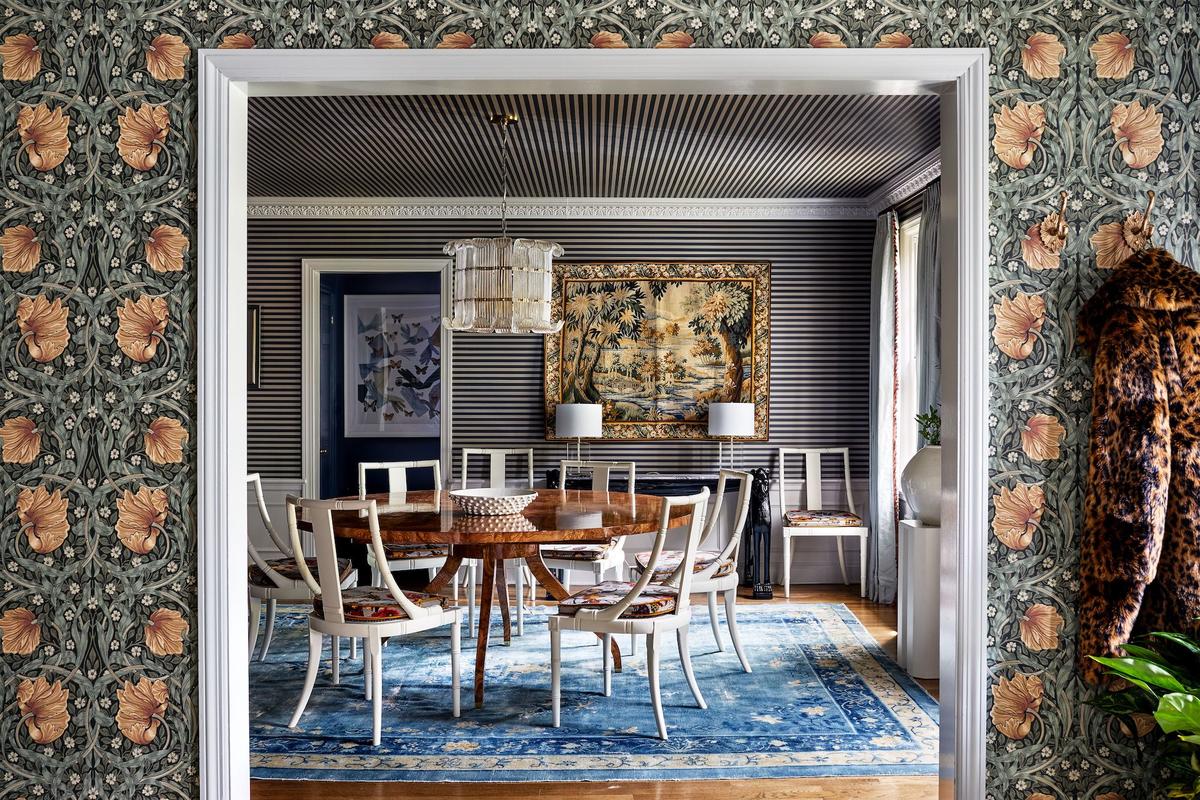
As the firm has grown, your role must have changed. What did you let go of, and is there anything you’ve decided is important for you to do no matter what?
That’s something I’m still currently navigating, but I’ll tell you where I am. At one point, a couple people at my firm sat me down and were basically like, “Please stop being so involved. You can’t do 30 projects, and we can’t do our job if you keep undoing what we do.” And they were right. Plus, I didn’t want to be one of those cautionary tales—someone who couldn’t get out of her own way so the whole business went under. So they were like, “Pick five jobs that you want to work on, and then you can lightly work on the rest.” Because I just am not comfortable completely not doing things.
There’s no letting go completely.
No, and I think that’s OK. But I was really in the details of everything, [to the point that] they couldn’t move forward without me. Now, I have five or so projects that I’m allowed to be controlling over—and for the others, we do a lot of editing. I’ll come in very high level to kick off the project, and then maybe a few times throughout.
I think I was probably hurting things by being so heavily involved all the time. And I realized that I had to learn to let go so that the clients could learn to trust my employees, too. They’re really talented people, but if I was always there, the clients were going to see them as kids or glorified assistants, even though a lot of these people are more talented than I am, and have more credentials than I do. Certainly, there are many people here who can do things I can’t do.
Now I see myself as more of a creative director and dealing with a lot of new business. I have at least one senior designer who can very much run things without me—they have an interior architecture degree and are more technically skilled than I am, so that has been helpful in passing the ball a little bit. But it’s definitely a challenge, in part because I really like my clients and I have fun with this part, so I don’t really want to be fully pulled off a job. But I know that if I can’t figure out a balance, it isn’t going to work.
Are there some clients who come in and they’re like, ‘No, we only want you’?
Yes.
How do you communicate that sense of, ‘This is a team effort,’ so they know what to expect?
I think the hardest is the people who have worked with me before—the hardest and the best. On one hand that’s the best because there’s nothing I appreciate more than repeat business, and I already know them so we’ve already worked out all the kinks. It feels like family at that point, and I get that they only want me because that’s what they know. I’m OK with that, and at this point, I don’t see a way around that. It’s not to say that those clients won’t work with other designers on my team, but it’s usually in a more secondary way. But I find that with newer clients—I go to, I’d say, 80 percent of potential client meetings, but they almost don’t expect me to be involved [every step of the way].
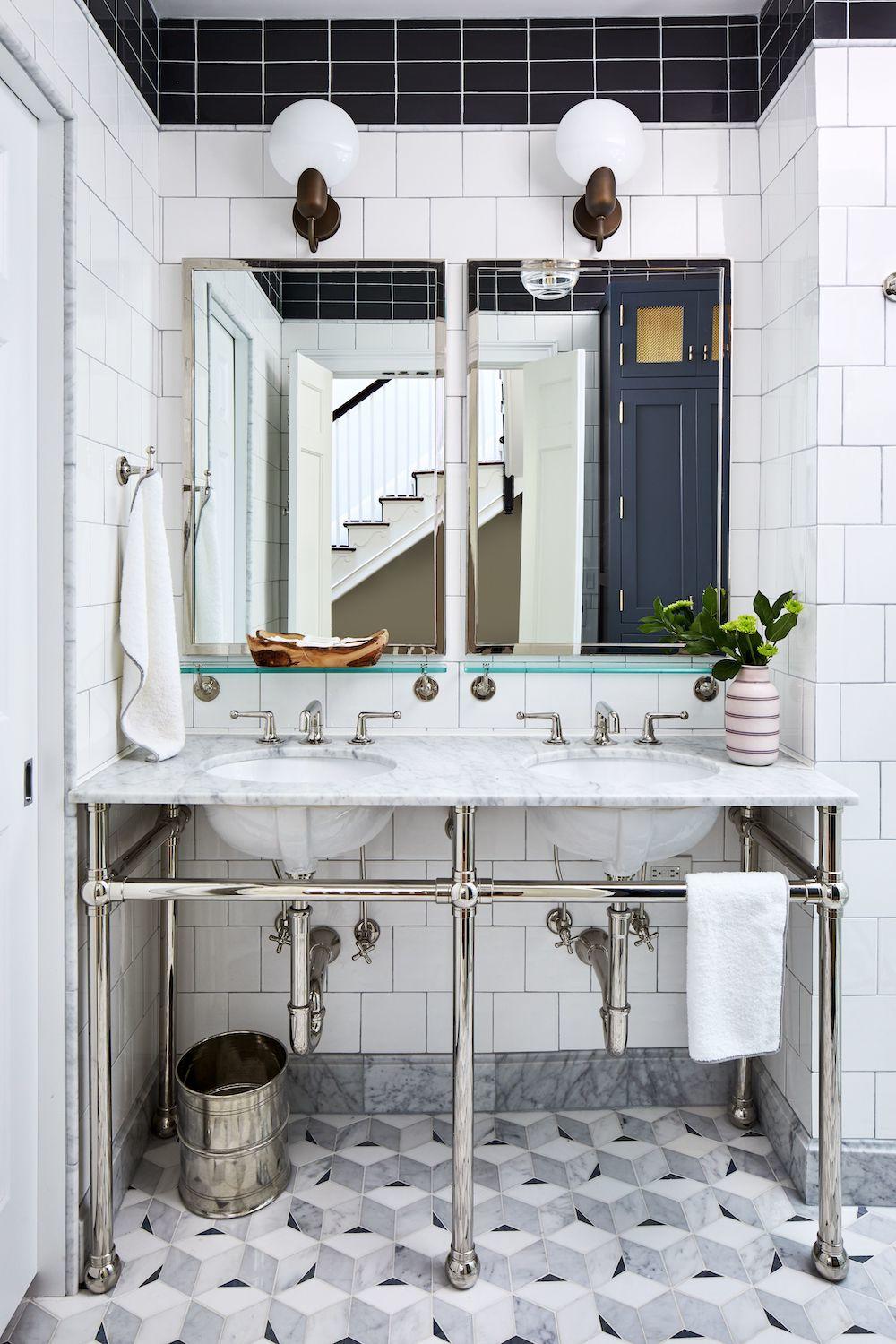
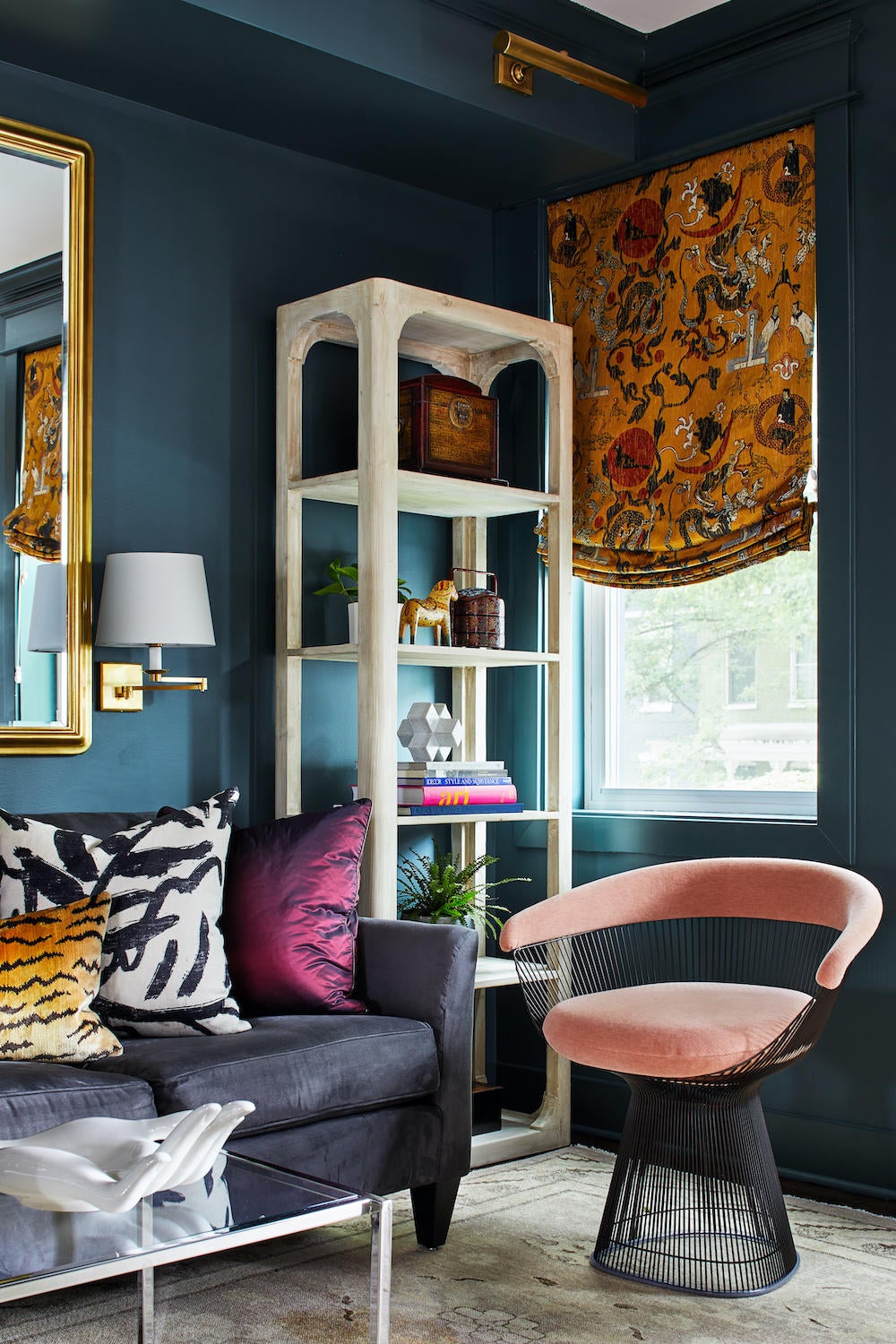
You have an interesting approach to charging for that initial consultation.
Yes—we donate our time, but we charge $250 for it.
I want to know how that works, but just so we’re clear: They’ve filled out a questionnaire, you’ve decided they’re probably a good fit, and you take that first consult. Is that this meeting?
Yes, exactly. What happened is, people started telling me that we should be charging for initial consults—that it’ll weed out the bad people, clients will take you more seriously, and so on. And I was like, “OK, maybe, but I don’t know.” I wasn’t sure how I felt about it—but I had been trying to figure out how to give back for a really long time. My father was doing that in his own business, and he inspired me. So after [a conversation about consultations], it just came to me: I should donate my time, but they have to pay.
We charge $250 for an initial consult, and the client chooses one of four environmentally focused charities to donate that money to. We partner with four charities—it’s changed a bit over the years, and we evaluate if we’re going to keep the same four or bring a new one in at the end of each year; right now, one is a local charity and the other three are national organizations. Then if they sign with the firm, we match the donation.
That’s awesome.
Yeah, it’s pretty great. We don’t raise a tremendous amount of money—I only have meetings with potential clients once a week or twice a month—but it’s a lot more than we’d be doing otherwise.
How do clients respond to it?
So well. Clients will tell us, “We like that you’re thoughtful, that you give a shit about the Earth, and that you’re donating your time.” I think it establishes trust really fast. But then, we’ve also had people be like, “I don’t want to give the money.” And I’m like, “Well, you’re just a terrible person, then.” And no, I’m not waiving it for you. I don’t waive it for anyone, because I’m giving it to charity. You know what I mean?
Who asks that?
Right? So it actually ends up weeding out those kinds of people, too.
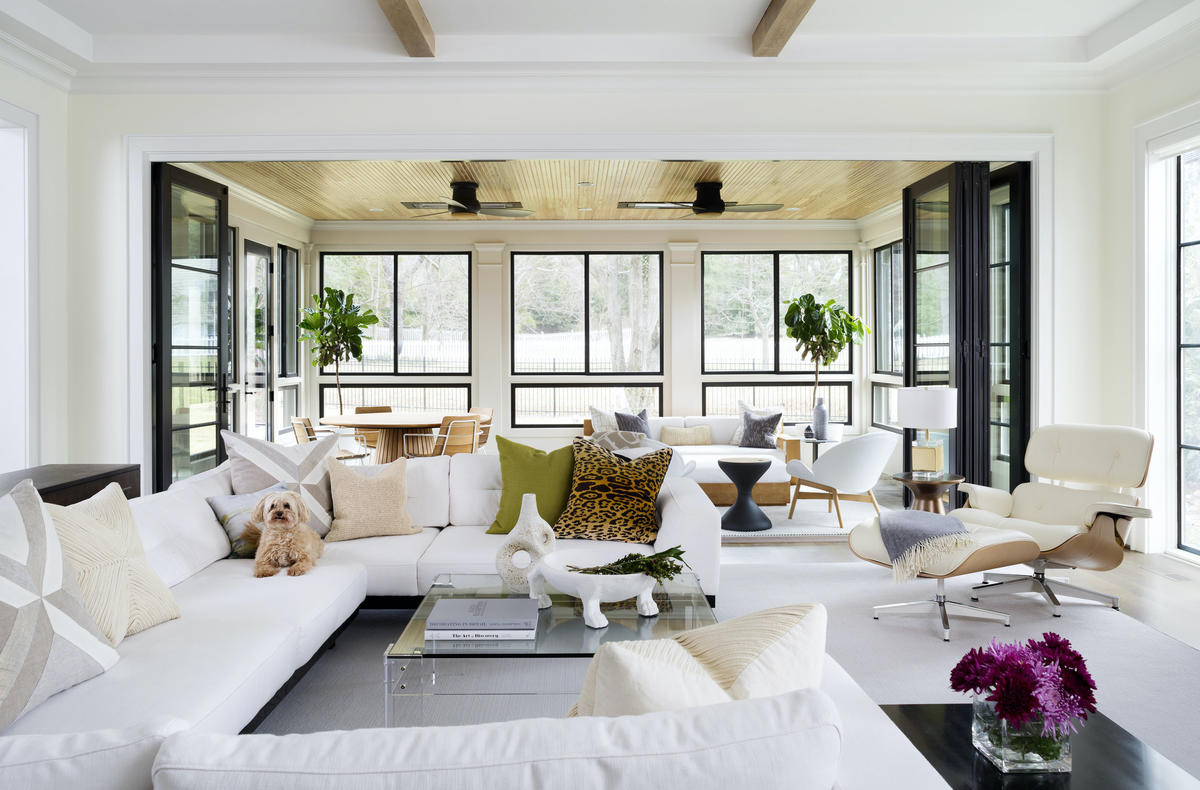
Totally. That’s the best personality test ever. Did charging for it, even if it’s going to charity, change the way you approach that meeting?
I feel a little more pressure to be at the meetings—I go about 80 to 85 percent of the time—and I certainly feel that if I charge, I must produce a proposal for them. It used to be that sometimes I would go to the meeting, and then would come back and be like, “Hey, I thought about it, and it’s a little too small of a job for us, but here are some other people you might want to contact.” Now I don’t feel like I can do that. Now we do a phone screening first if we’re unclear of whether or not we can take the job, or if it’s a good fit, because I just feel like if someone pays you, you have to give them something. So it changed it in that way.
So if you go to the site, you’re pretty much always taking the job if they want to move forward?
I guess so, because I’m always going to produce a proposal. There have been moments where we’ve had to say, “Listen, I don’t think this is a great fit—would you like us to return the money?” And frankly, even if they say yes, we still give the money to charity; we don’t take it from the charity, we just accept it as a loss and that’s OK. We’re only talking about $250, after all. And overall, any negatives associated with it are so insignificant in comparison to all the positives associated with it. It’s been one of the best things I’ve done for the business.
That first meeting, then, are you offering design solutions on the spot to clients? How much design knowledge transfer happens in that consultation?
That’s funny. This all bleeds into this entire conversation that designers have about charging versus not charging for the meeting. When I was being told I should charge—and I should charge $850!—I was like, “That’s annoying, because then I’m going to have to sit there and give legit design advice, but that’s not how I work.” I need time to marinate, so that’s not how I do things. For me, it’s still a first date.
You don’t want to be spitting out ideas left and right.
Or bringing my tape measure. I don’t ever want to do that, but I would feel weird if I didn’t do that if I was charging $600 or $850. And honestly, that would be annoying to me as a client: I’d be like, “Who do you think you are? We haven’t even agreed to like each other yet, and you’re already charging all this cash?” I know it works for other designers, but it just really felt like it was not the right move for me. But $250 is such a small amount of money for everyone involved, because we’re going to work on jobs where you’re spending so much more than $250 that it’s not going to be any percentage of your overall budget.
But I would say that I engage slightly more than I used to—especially because at that point, the person has been vetted, and I know we’re pretty interested in being there. It feels like maybe it’s more of a second date, or maybe it’s a first date but we were set up—there’s a little more trust already, so I offer a little bit more. I wouldn’t necessarily say anyone walks away with any magnificent ideas, but they probably leave the meeting with some good thoughts. Like, “Oh, we could open that up a bit,” or, “I hadn’t thought that this room could be dark,” or things like that.
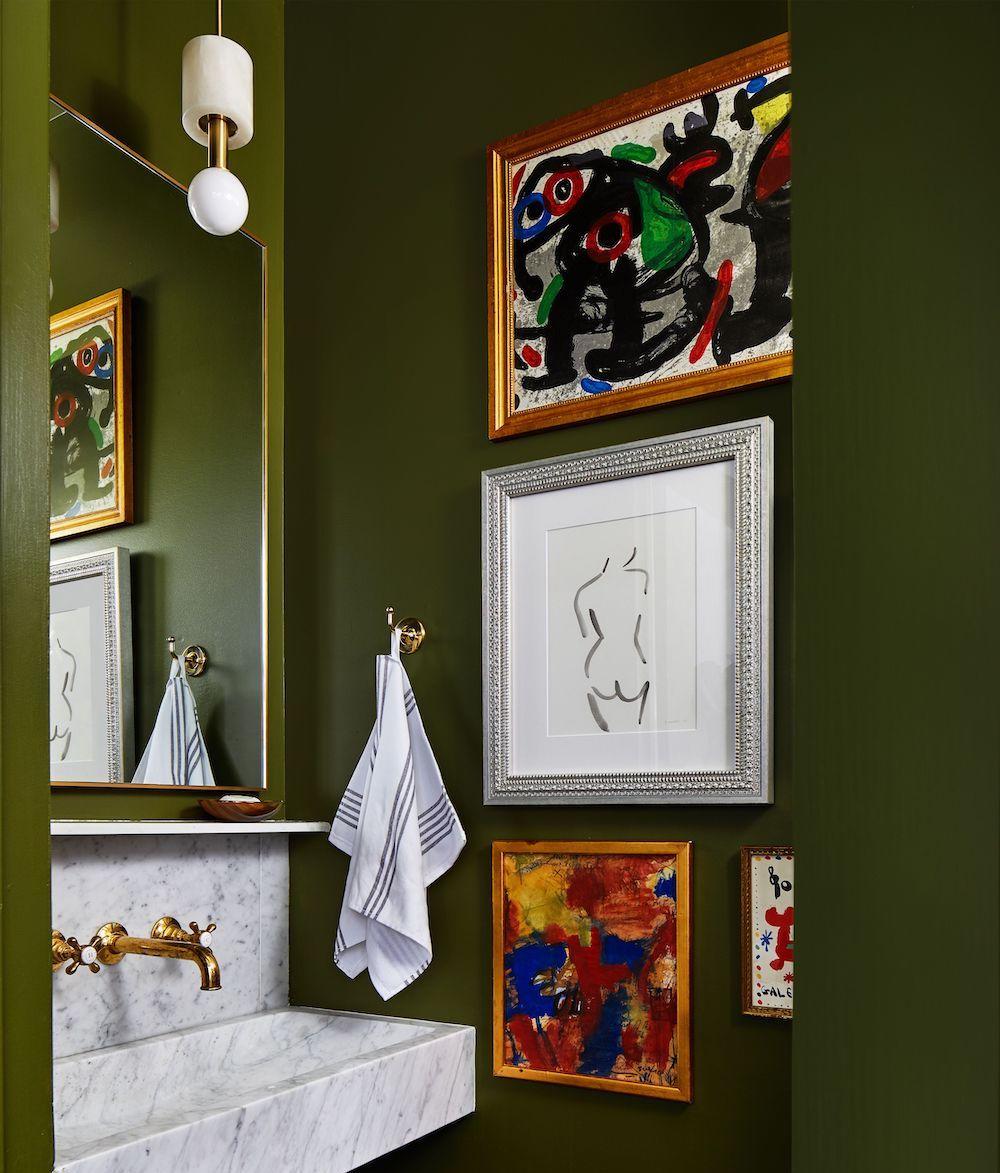
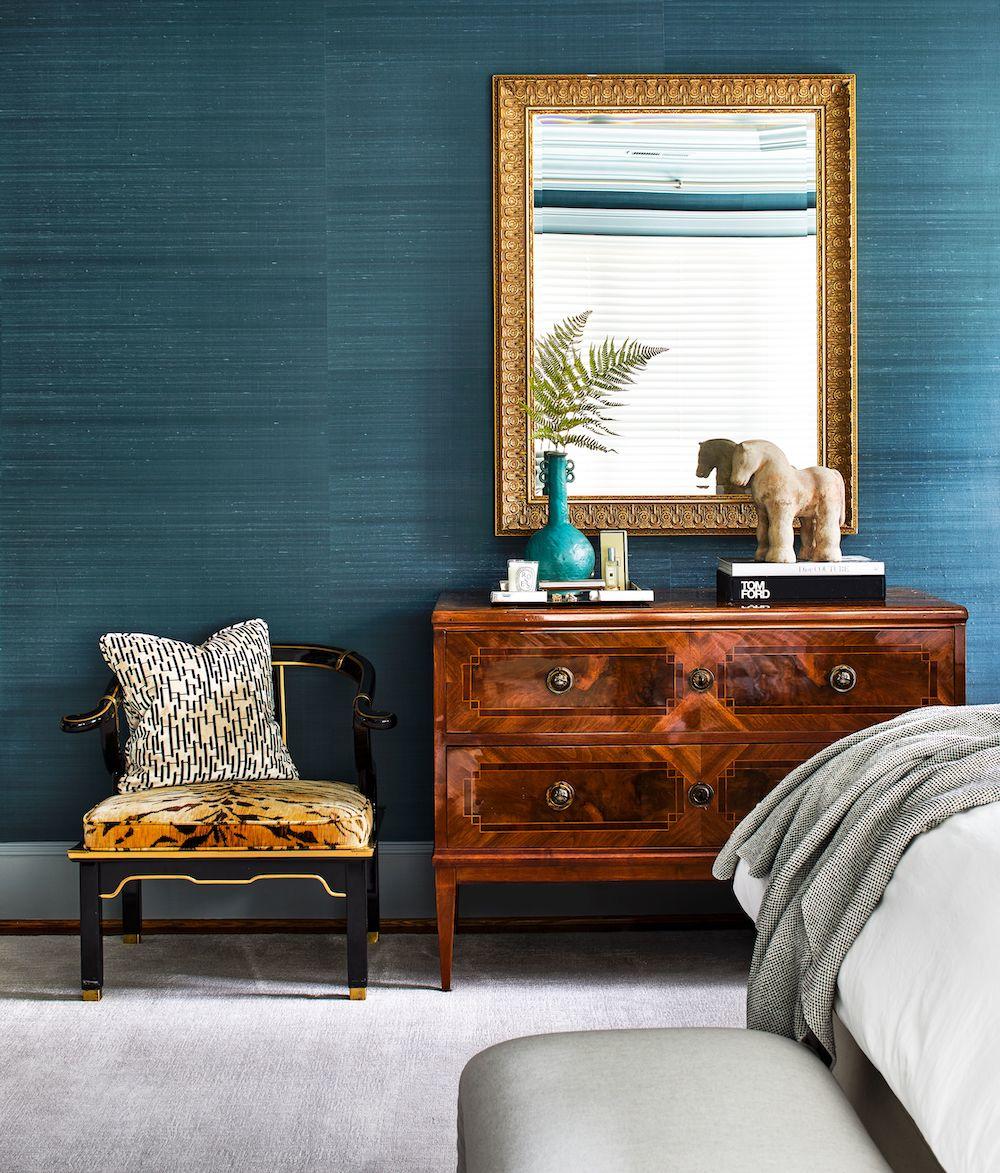
You get to see the project and learn about them, and they get to see how you think?
Exactly. We review the scope of work, as well, so that I can produce a proposal for them. But when they say, “Do you want to look through some of my inspo images?” I pretty much always say, “No.” We’re not there yet—that’s not necessary until the next step. And I also didn’t want all that with the $850 thing. It felt like there was going to be a lot of useless information that my brain can’t handle. I thought: Let’s just keep this simple for everyone involved. They’re probably talking to two or three other people, so it just needs to be quick.
What does that proposal look like, then?
It’s a scope of work and a contract outlining our fees and all of the fun legal things.
How did you approach billing when you were building your own firm?
Isn’t that the thing? I haven’t changed my billing structure in a really long time, but it took me a while to figure out how to do this thing. When I was younger and had less help, the hourly was just horrifying—both from an accounting perspective, but also my ability to manage it, and then my ability to defend it. That sucked.
I guess the long and the short of this is what I’ve learned is what works for us is generally a flat fee for all of the design work. New builds are different—for anything that’s FF&E or a new build, we usually do hourly. But if we’re talking about decorating, we do a flat fee for the space planning and the selections, and then we bill hourly for all the project management and the installation portion of things.
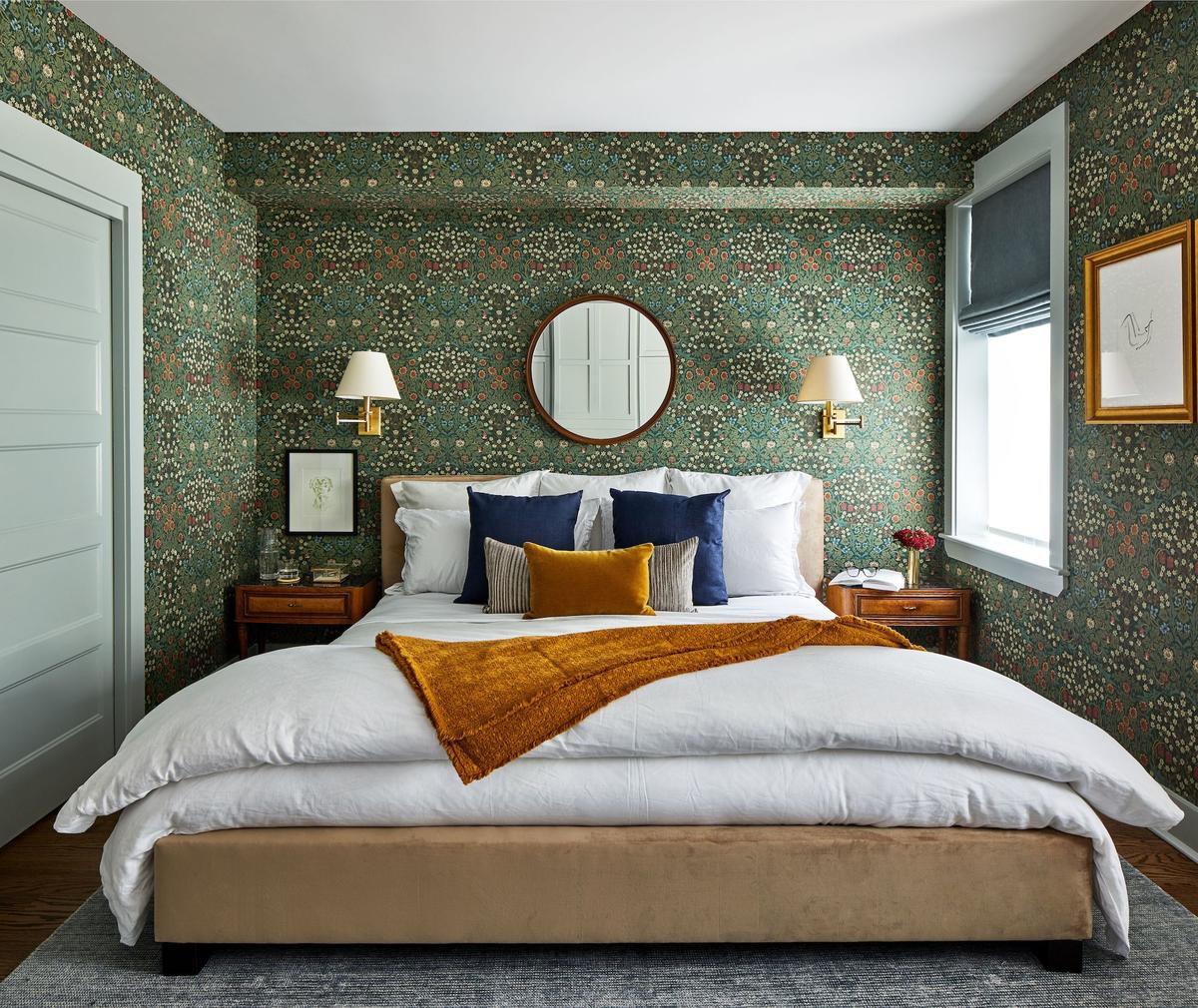
Has that made it easier to explain how it’s going to work?
Yes. I can say confidently that we don’t price-gouge anywhere, because we don’t have to. Because we make money in multiple ways, we don’t have to be egregious anywhere. Plus, we send weekly statements to clients—which I would encourage everyone to do, because it has literally changed my professional life.
So a weekly statement goes to each client—via email, I’m guessing?
Correct. It’s a statement—not an invoice—of our time. It’s a summary with a note to reach out if they have any questions. It’s a bit of a hassle, but we send it weekly because one, it forces me to review things weekly so that by the time the month ends, I don’t have this enormous pile of items to review. And also, there is zero sticker shock. The client, every week, has the ability to ask questions if they have any. Or even if they’re just like, “Whoa, 30 hours this week? Should I be anticipating that for the rest of the month?” And I can say, “No, we front-loaded the work, so there’s probably about five hours a week for the rest of the month.” It allows for that [conversation]. And by the time the month ends, they really can’t question much—just the last week. They can’t come back and say, “Sorry, I didn’t open the emails, and oh, my God, I’m not paying this.” Because, no, you had every ability to open the emails. This should come as no surprise to you.
I want to have good relationships with my clients. I’m very much a “the client’s always right” person, and I’m a long-term person—I’m OK eating things for the betterment of the relationship. So what used to happen when clients were upset is that I would say, “OK, I understand your concerns. Let me take 50 percent of this bill.” I would end up having to eat a bunch of money that I didn’t really want to eat, and they were pissed.
With the weekly updates, it’s been a real win-win. I retain more cash, and they feel better about the whole exchange. And I still do 10 percent courtesy discounts when I feel clients have been super amazing, or intentionally throughout the year just to show appreciation and gratitude. I feel like it goes a long way. And besides, there are natural inefficiencies in every business, and I think acknowledging that without having to is nice.
Is it like, ‘This took a little bit longer than we anticipated. You get to see the whole bill, but we’re taking some off,’ basically?
Yeah, but we don’t even have to have that conversation. Maybe something’s happened that month and so it’s more deliberate, but maybe it isn’t. Maybe it’s just because you’ve probably paid for some inefficiencies throughout this process, I’m just going to take off 10 or 15 percent this month just for fun. Just to show you some gratitude.
People must be shocked by that.
They basically say, “Thank you,” and then they hire us again. These people are spending tons of money, and I believe that people just want to feel valued.

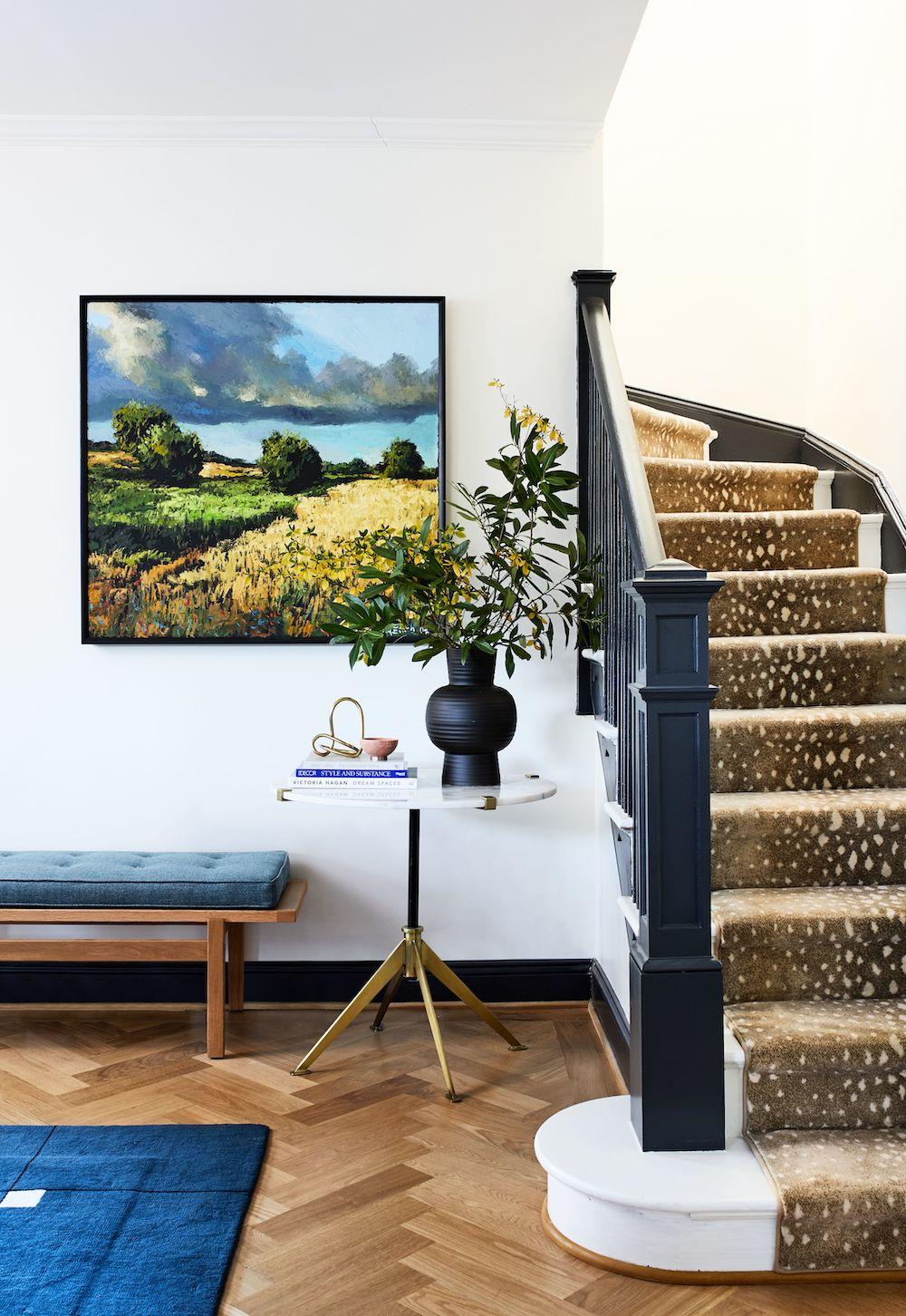
What are some of the other ways you can make a client feel valued or seen?
Knowing that when things are a little touchy with the client, that it’s time for me to step in and fix things. I’m copied on a lot of things, so when I can see that something’s going on—that something’s not flowing—I make sure to have a direct call with that client to talk through their concerns. It might mean that I step in for the next month in a little heavier way until they feel more comfortable again. I might say, “I’m not billing for this time, but I’m going to come to this next meeting and make sure everyone is on the same page.” Or, “Let’s have a complimentary do-over meeting to get us back on track,” and that kind of thing. And then after we finish projects, we obviously give clients a gift.
Do you have a go-to gift?
For a long time, we were really into giving Matouk blankets. Our [end-of-year] retreat—which is local this year and not a retreat because of COVID—is coming up, and that’s where we’ll start talking about what worked this year, and we will actually establish things like what our gifts should be and what sort of [client] appreciation things we should do.
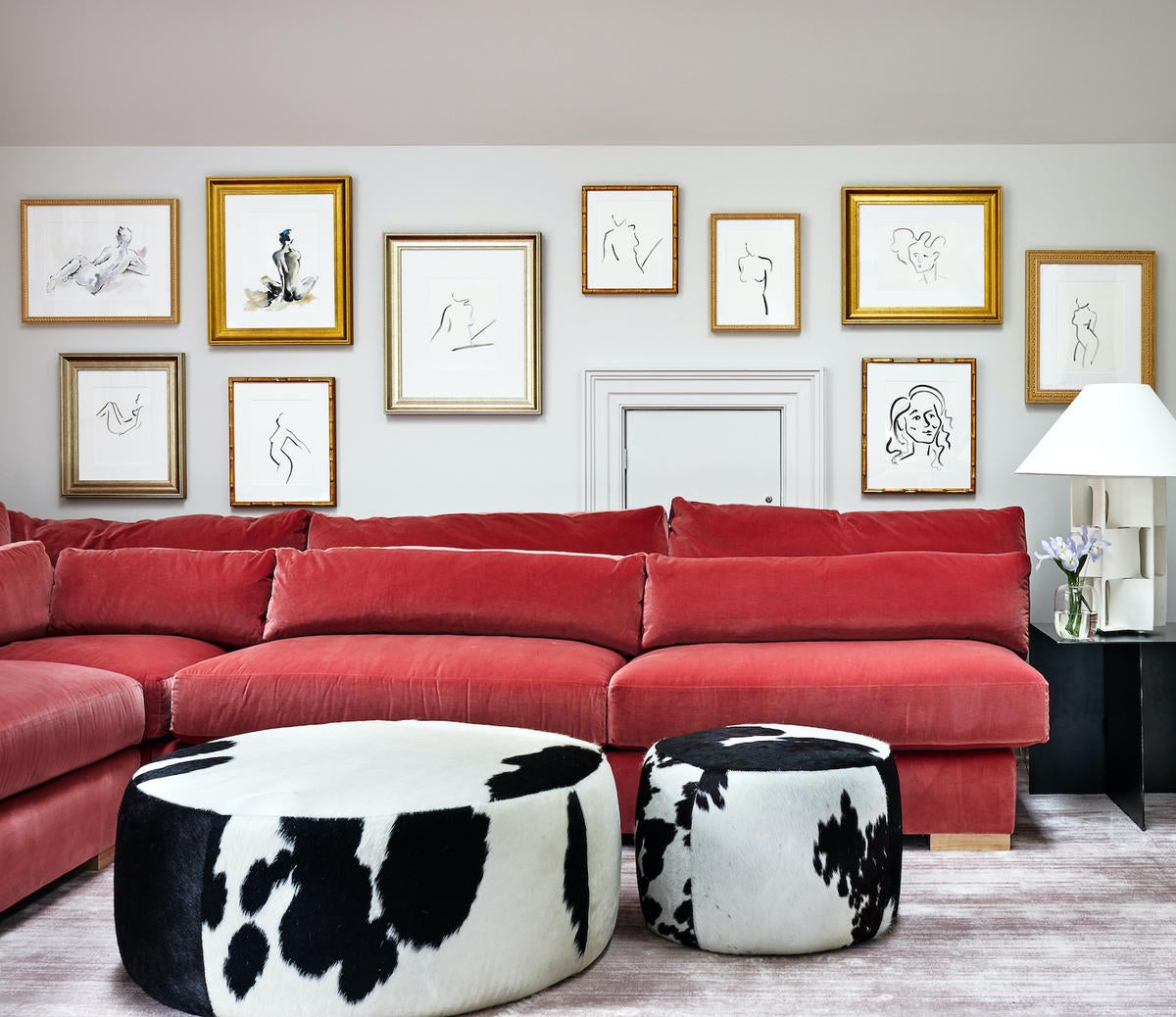
When you’re thinking ahead, looking at the next year, where do you see opportunity to grow?
We’re currently hiring, and I continue to want to scale the business. But when you ask someone to work for your firm, you’re basically saying, “Please work super, super hard so I can get all the credit. Thank you so much.” That’s basically what you’re doing. So I asked myself: How do I make people feel excited about coming to work, and like they’re part of something? I’m very inspired by creating a work environment that is perhaps more avant garde than a lot of the industry, and to be able to offer that to more people.
For example, in the last two years, we established unlimited time off. It’s something that is becoming more common in tech companies; when I heard about it, I was like, “I should be doing that. Why is everyone not doing this?” Because two weeks, first of all, sucks. Second, I feel like autonomy is so much happiness, and it creates trust with your employees.
It’s such a simple pleasure in life, just to be able to go to the doctor when they can take you—and not have to ask your boss about it—instead of having to go at 7:00 in the morning. For people to just feel like they can manage their own schedule and go on vacation—that, for me, was the first little thing that I was like, “This would just make a happier work environment.” It may mean you have to work super hard leading up to it and on the back end, but if you can swing it and it doesn’t screw up anything for the other employees here—or maybe they’re like, “I’ll take the weight, and you take it next weekend for me.” As long as everyone’s on board and it’s not going to mess up the timeline or affect our clients, I don’t care.
We also do a quarterly sales bonus initiative. I actually started to think, We got all these clients—and it’s really awesome for me. But again, it’s like: We got another client and you still make the same amount of money. Now, every quarter we have a goal, and if they meet it, they get a little bit of extra cash. It’s actually a yearly goal, it’s just paid out quarterly. It’s been really fun for the team, and it’s helped increase our business. I wanted to try to share our success, not hold it tight, and this has allowed me to do that.
To learn more about Zoë Feldman, visit her website or find her on Instagram.
The 50 States Project returns in 2021! Starting next week, BOH goes around the country again, starting with the top of the alphabet.















